I am a happy man. I truly am: The fulfilling of my childhood dream is closer than ever. I do get the support of my boss and my working environment, my family is absolutely excited for me and boosts my spirits and I am lucky to know so many people who offer their support, giving hints and guidance. I got in touch with some people who actually live in America and/or do sail the Caribbean to fire questions at them. I do appreciate their input very much.
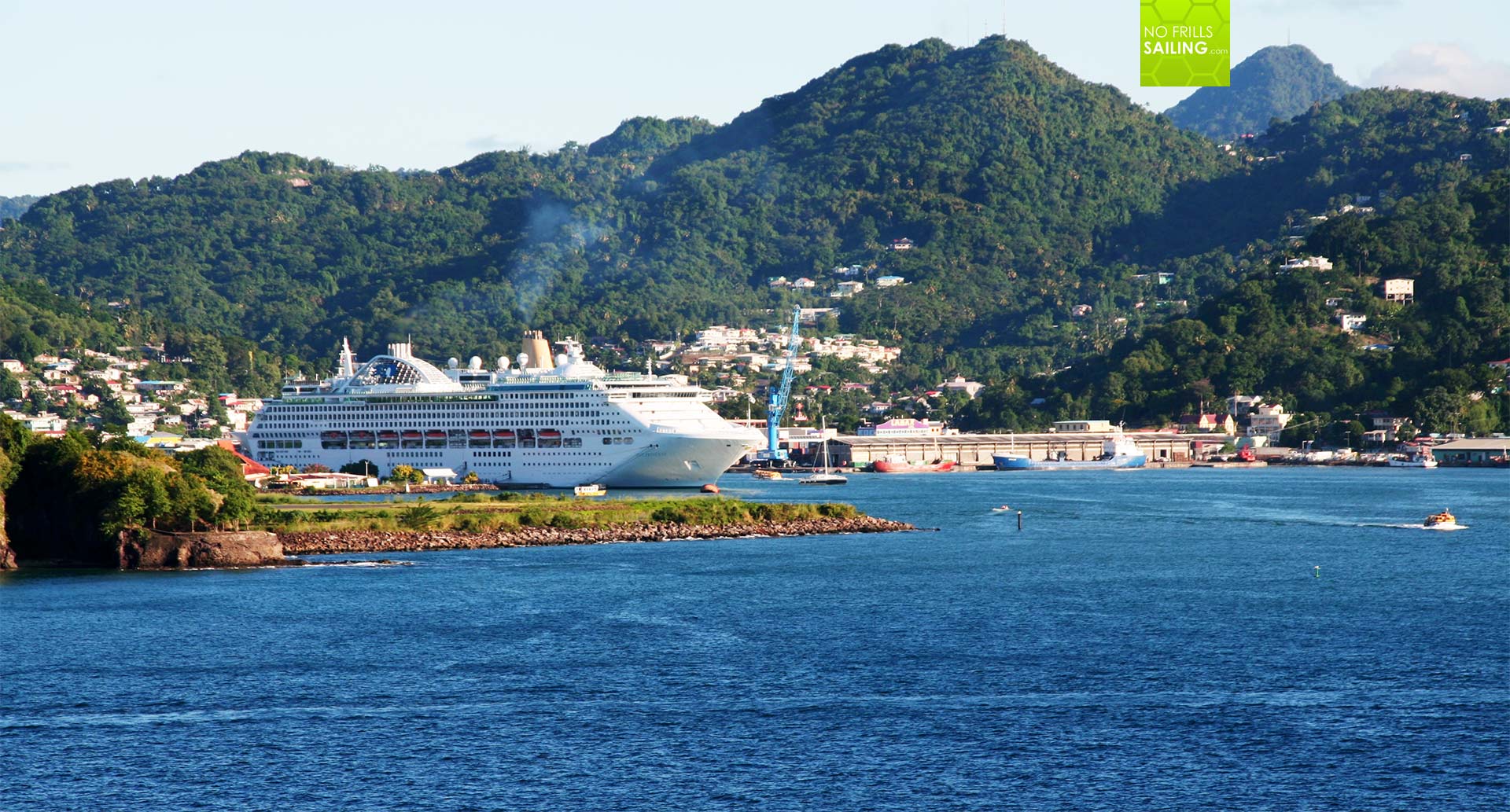
First of all, being a European fed by countless high quality glossy pictures of a perfect Caribbean world I must say that I of course started this venture a bit “blue eyed”, as we have a saying in Germany. Of course I have seen some remote parts of the world up until now and I know that leaving our little mid-European “Island of the Blissful” into a poorer, simpler and harsher world is all but not the glossy advertising pics. These mates kind of opened my eyes in terms of the Caribbean. This is done in a way that I am now seriously thinking about maybe skipping the islands completely, or at least, visit them just briefly to continue my voyage straight to the United States.
Issues with the Caribbean
The arguments seem sound. They are based and logical too. First of all, obviously, we have Covid 19 still being a major issue. Many of my dialogue partners argue that the restrictions imposed by the islands differ greatly from another: Some islands demand a longer quarantine than other, some island restrict landfall to just grocery shopping, some do not allow even this. Honestly? I surely do not want to spend worst case 14 days aboard my 8 metre boat waiting to do a PCR-test, for sure not! Of course, this may all change with the coming 12 months. But as of now, that´s a definitive no-go for me.
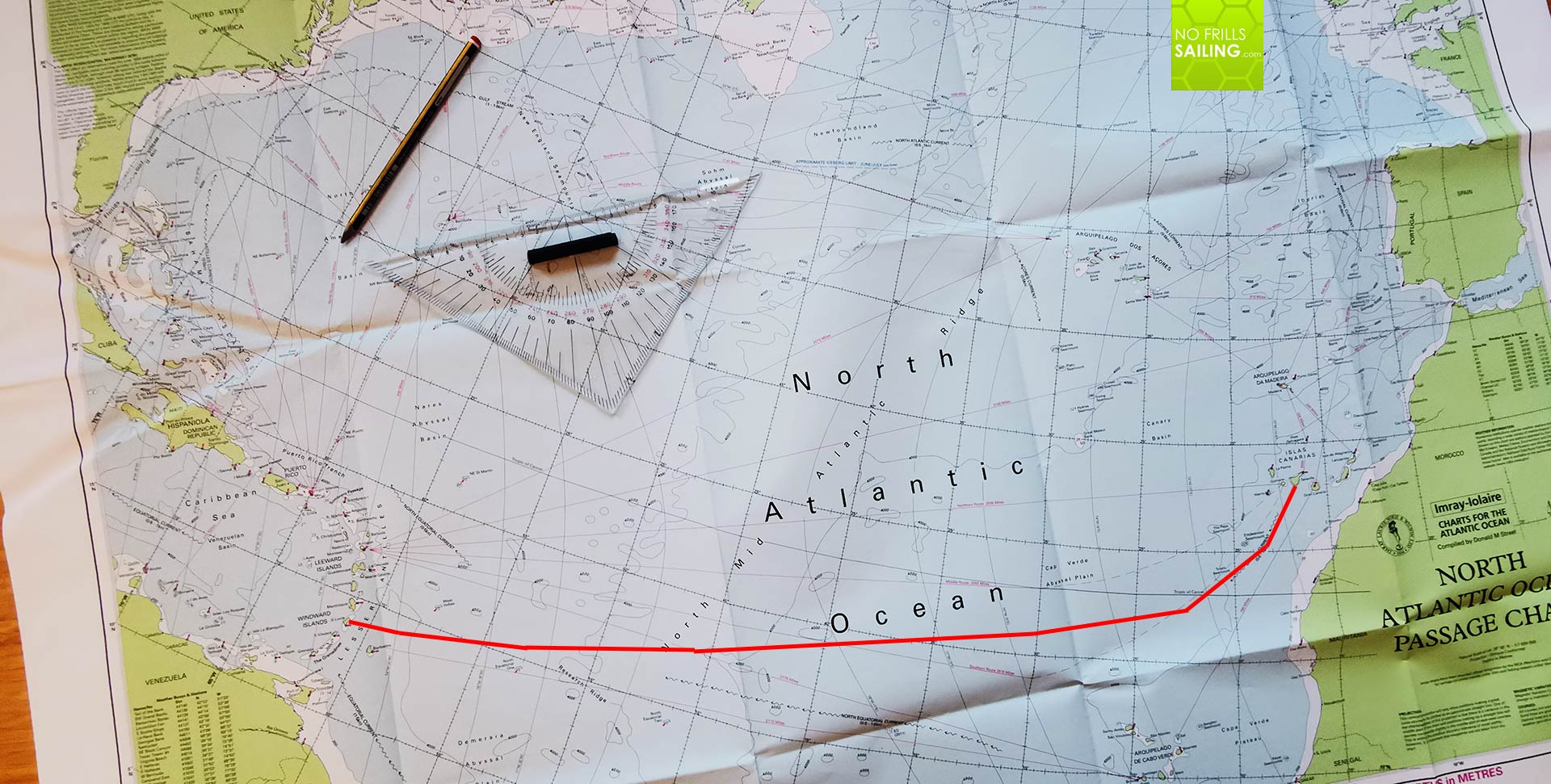
One other concern the guys explained to me, besides, something I do often read about in forums, is general safety on the islands. Many of the islands are considered “Third World” or developing countries, some are regarded as “off limits” for travelers arriving alone. Sure, I have been roaming New York City´s Bronx and found it far less intimidating than people said it would be, I have been to Third World countries in Africa and seen many dubious areas even in Europe (parts of Marseille really shocked the crap out of me) and of course I am not a stupid guy running around doing stupid things. But hey, I want my kids to fly in and have a great time: I really do not want to be in alert mode or hire security.
Hurricane safety and insurance costs
Talking the Caribbean means also talking Hurricanes. Sure, I will be avoiding the high season when crossing the Atlantic but since I do not have the spare time to do the full #atlanticloop I will have to put my boat on dry land, Hurricane proof so that the boat will remain in safe storage until I return roughly half a year later to continue my journey. So far I´ve got answers from three Caribbean islands with cost estimates for Hurricane storage: Too much for my budget, to be honest. The prices are horrendously high, in my opinion, with up to 1.500 US Dollars per month. I simply don´t have and would not want to spend that much money for storage.
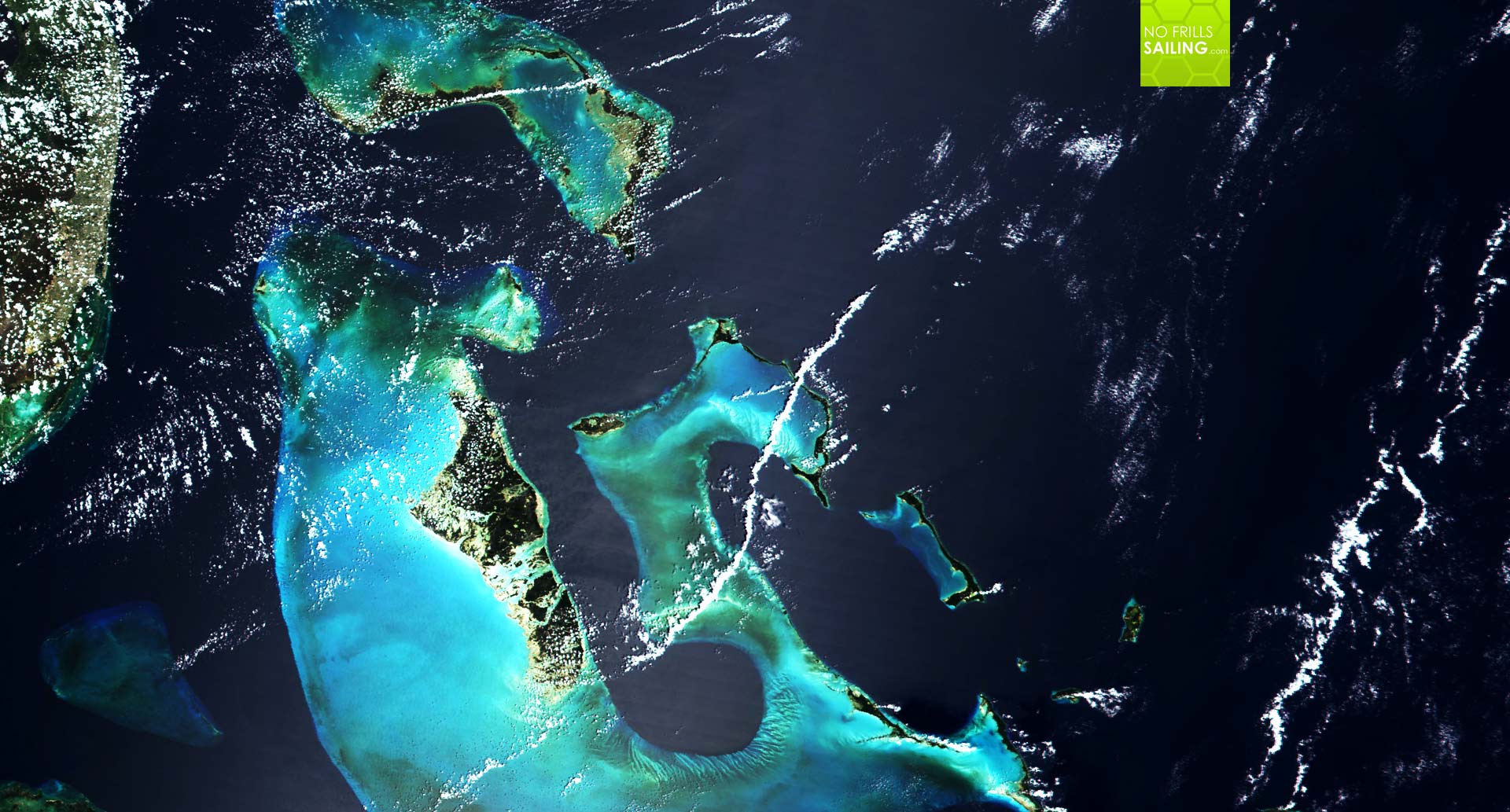
Second thought, budget-wise, is insurance. I will be posting a much more in-depth article on this particular issue talking with a Pantaenius representative but that much I can tell: Sailing alone on a Cat B-boat with carbon rigging over the Atlantic Ocean is a thing most insurance companies will refuse to cover. More so, leaving the boat on the islands – in the middle of “Hurricane Alley” – makes insurance policies, if one happens to be lucky and get one, so expensive that this would be the last lethal blow to my travel budget. Avoiding this area on the other hand removes some stress on this issue.
Personal comforts and weather issues
You know about my boat, it is a very small 8 metre performance-oriented sailing vessel. Technically it is perfectly capable of making the voyage and it will provide me with all the cruising comforts I regard necessary and essential. But, the big but, many of my mates pointed rightly out that once reaching the islands the heat will become almost unbearable. Without AC or a properly air-vented boat the heat could easily turn from “well, that was damn hot and uncomfy” to causing serious trouble for my circulation and wellbeing. My boat does not have a proper bimini or other sun-shades, no real fridge, no nothing to counter the heat. That´s worth a thought or two.
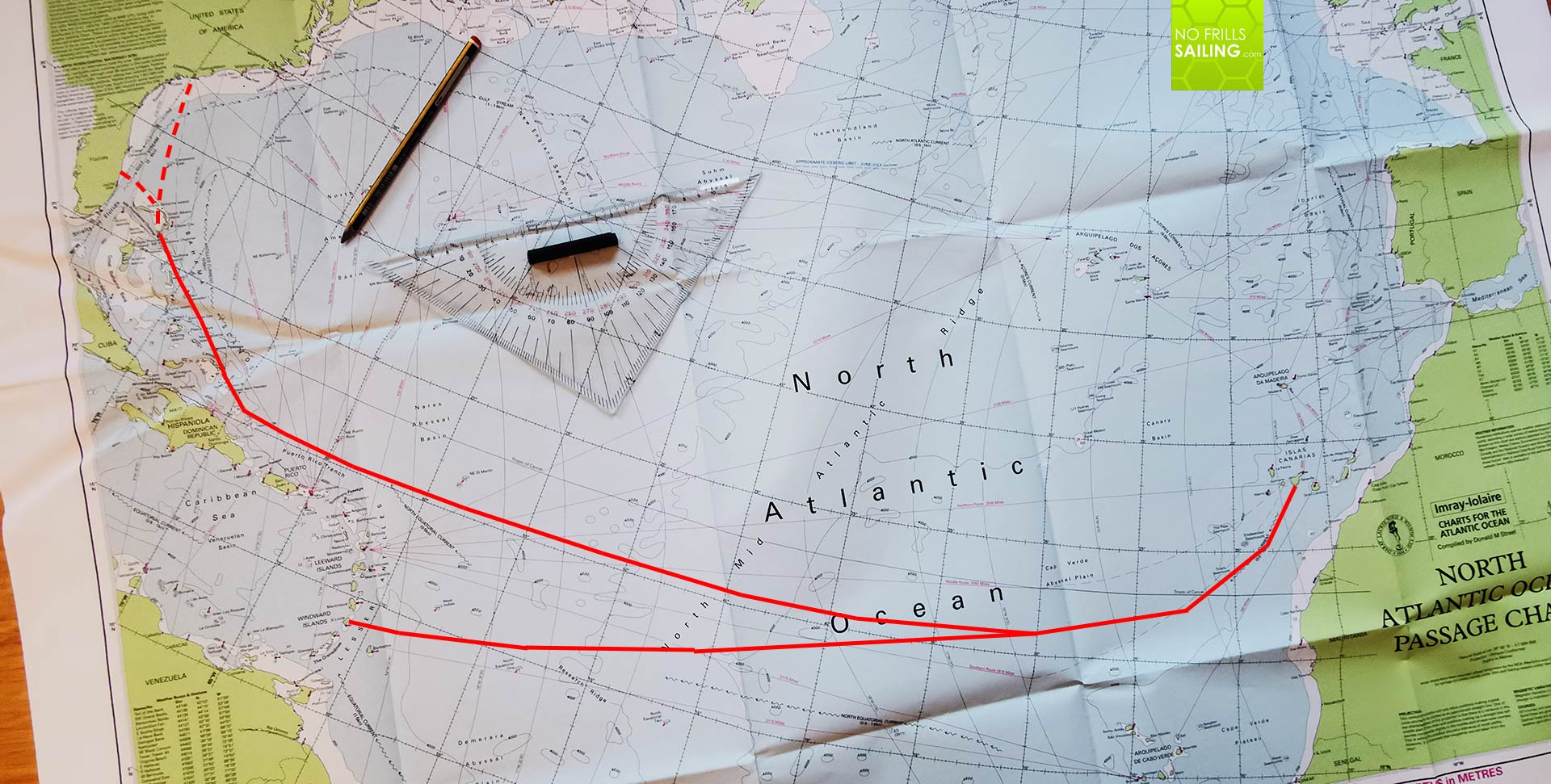
In the end all of these conversations kind of tended towards suggesting to skip the Caribbean and head to the United States directly. Just to be clear here: All of those people assured me that the natural beauty indeed is astounding and that both Windward and Leeward Islands are rightfully one of the most sought-after travel destinations in the world providing for dream holidays for thousands of thousands of people. But in my individual case: Small boat, sailing alone, no security, contacts there and on a shoestring budget with kids flying in maybe the safe way would be a safer way. And indeed, it is!
The elegant side and problems with skipping the Caribbean
So for now I decided to focus my planning on no making landfall on one of the traditional Caribbean islands, let´s say, Saint Lucia, but to sail more to the North, skip the Caribbean and head for the United States directly. That said, it means to let Puerto Rico and the Domenican Republic on port side and head for the Bahamas directly for first landfall. After that Florida or the US east coast is within close reach, an elegant solution for many of the mentioned issues. But there are also some new problems arising.
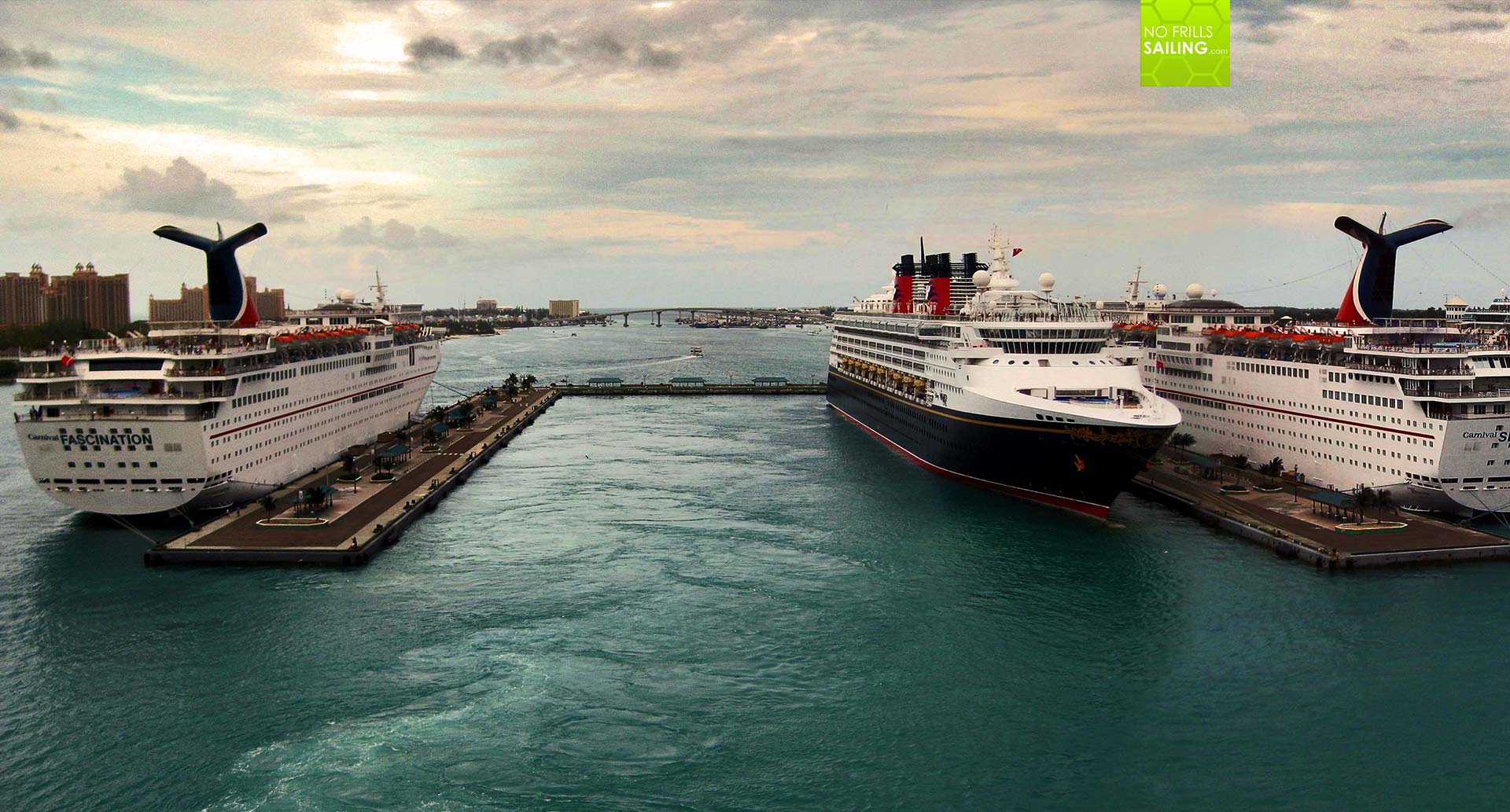
First of all – the distance. Sailing from the Island of Tenerife a typical Ocean crossing to Saint Lucia comprises a distance of some 2.700 nautical miles. Depending on the average speed, that´s a 20 to 25 days run on a fast boat like mine, easily capable of sustaining 6 to 7 knots. Sailing a bit more northerly to, let´s say Abrams Bay in the Bahamas, this distance increases to 3.400 nautical miles which is 700 miles more, roughly 5 to 7 days more. Apart from a longer duration and thus more psychological stress and the need for far more stamina, it is a week´s more provisioning and water. Also, making landfall on Saint Lucia is easier since there is far less commercial shipping – once I´ve entered the busy shipping lanes in and out of the Gulf, it makes navigation and driving the ship safely far more complicated.
Which route to choose?
So here I am now, calculating, measuring and checking routes. Avoiding the uncertainties and most certain obstacles of the Caribbean by sailing straight to US waters opens a whole new can of worms. I even think of maybe sailing double handed: Which would solve the challenges of the longer duration but as well start a whole new problem. That is doubling of the provisions to feed a second person, thus increasing the weight, slowing down the boat and possibly prolonging the voyage which in itself calls for even more provisions and so on.
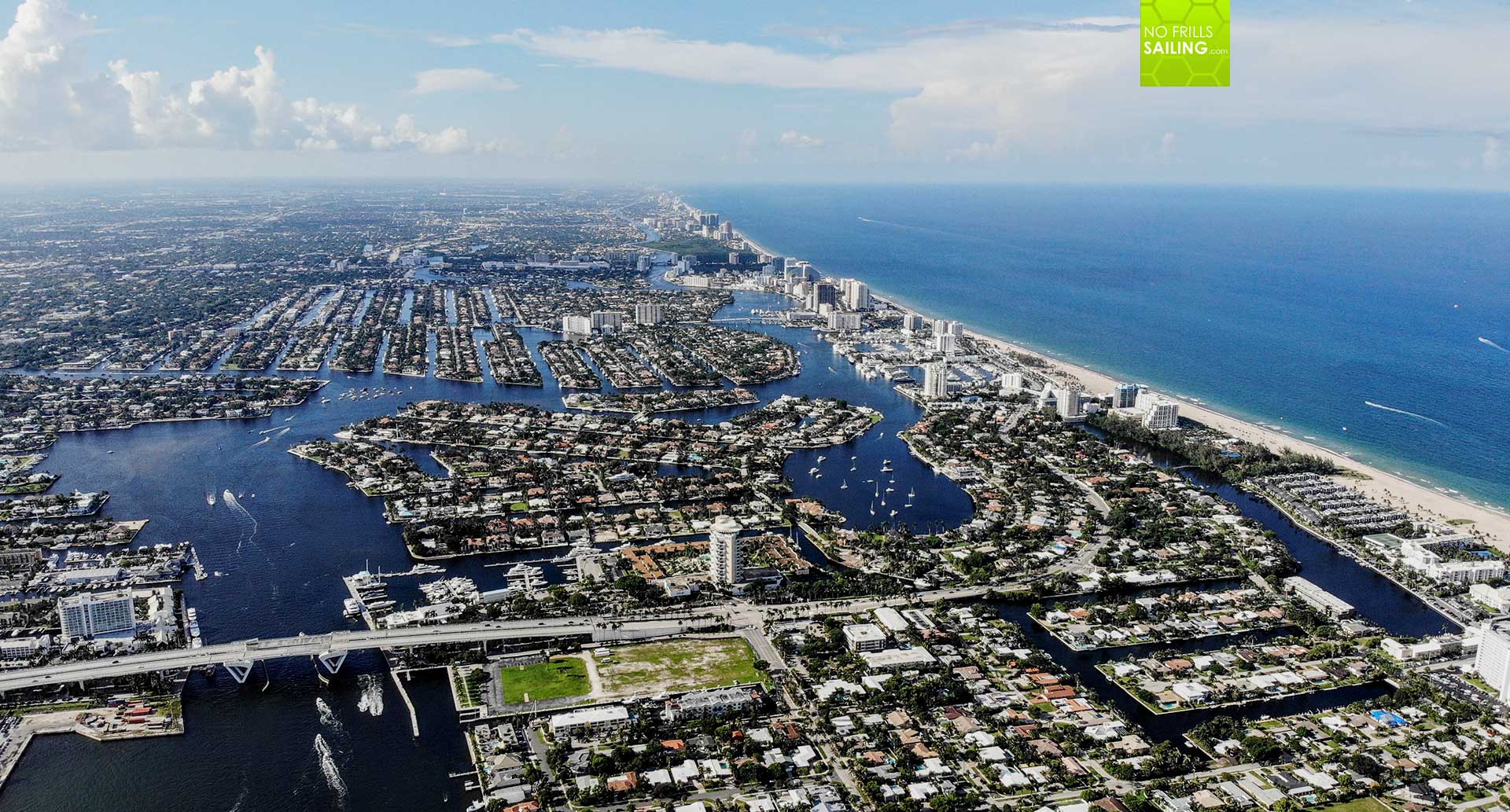
I am sure that with the help of all those wonderful people I encountered during my research I will eventually sort all of this out. As of now, the plan is to look for dry storage in Fort Lauderdale or even a bit up North in Charleston. In the end, no matter where my voyage will lead me to, one thing is clear: I want to pull this off not necessarily because of the destinations I am sailing to. I can visit the wonderful island of Saint Lucia later in a more conventional way, I can easily charter a big cruiser in Antigua or spend a week or two in island hopping when I am 60.
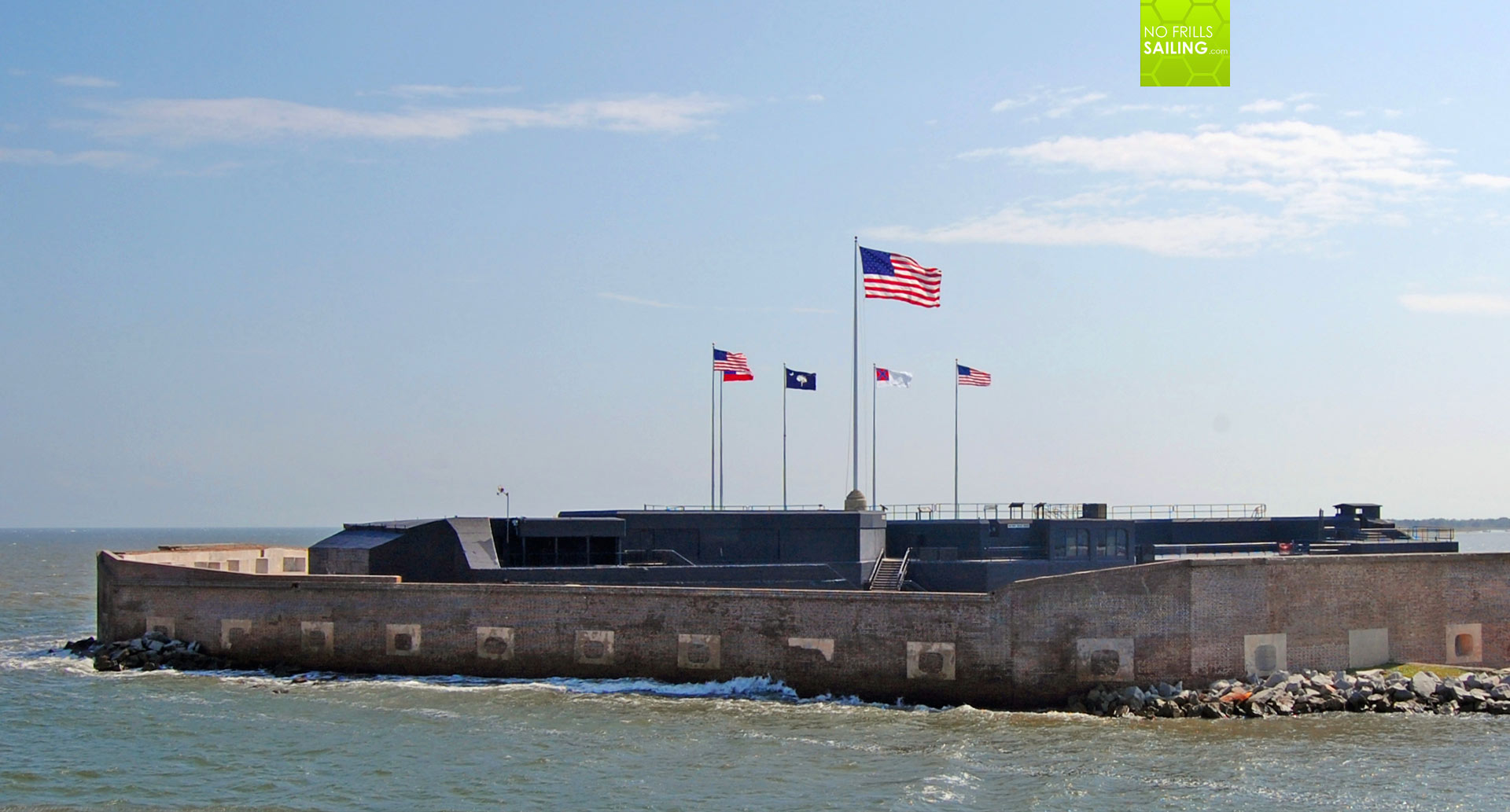
For now, all I want to do is sail the distance of an ocean. Where my route will make me do the landfall is absolutely secondary for me. In this my search for the optimum solution goes on. One thing is clear: The voyage has started, right here, right there in my mind, where I evaluate all those possibilities, draw possible courses on the maps and plot the distance iteration in an Excel chart. And isn´t this exciting too? Where would you sail to if you were in my shoes? I am looking forward to your comments.
Pictures by Wikipedia under creative commons
Also interesting to read:
Classic voyage planning
Weather routing for sailing sailing trips
